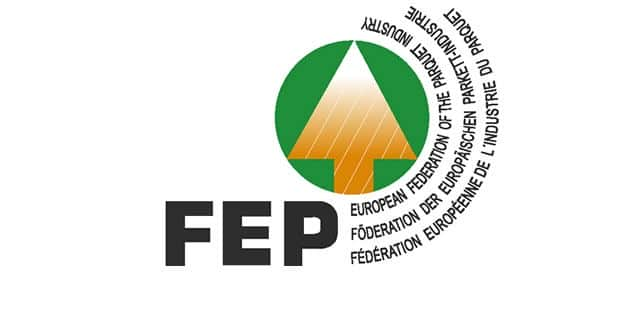
In general, the parquet business seems to experience a moderate growth during the first quarter of 2017. After several years of a subdued market situation, the trends turned positive in the recent past. When compared to the same period of last year, the first results observed at the start of 2017 point to a confirmation and a consolidation of these trends in most of the countries where FEP members are present. It is worth noting the positive developments in all Nordic countries. A brief per country recap is provided in the table below.
Market overview
| Austria | The Austrian market is stable despite the competition from other flooring solutions. According to Euroconstruct, the demographic development, the increasing house prices and the low interest rates are pushing private investment in residential housing. The information provided to FEP points in the direction of stable parquet sales. |
| Belgium | The few indications available point towards a growth of 4% of the parquet consumption during the first three months of 2017, reflecting an estimated increase of 3% in the construction output for the year 2016. Construction in the 1st quarter of 2017 shows a positive trend. |
| Denmark | The Danish construction activity has grown in 2016, especially in the residential sector. Consequently, the Danish parquet market is slightly growing by 1%. |
| Finland | Following several years of negative developments, the Finnish market is slowly getting out of the red zone and parquet sales remain stable. The construction output in Finland is increasing significantly for both residential and non-residential buildings. |
| France | The French market continues to experience positive developments, and parquet sales grew by an estimated 3% during the 1st quarter 2017, though there is no clear view for the future. |
| Germany | Data indicate that parquet sales in the first quarter of the current year remained stable, confirming the already good performance observed for the first quarter of 2016. The economic situation is positive as well as the construction activity, though it is difficult to find installers for projects. |
| Italy | Natural disasters and politics have led to a flat market for parquet. According to Euroconstruct, residential renovation and new non-residential buildings are increasing and only new residential construction is still declining. |
| Netherlands | The information received points to significant improvements on the Dutch market – parquet sales rose by an estimated 4% during the 1st quarter 2017. The construction sector in the Netherlands continues to improve with new residential expanding strongly. |
| Norway | The Norwegian market was stable in January and February while it increased in March, reflecting heavy investments in building which should benefit parquet in the future. For the whole 1st quarter 2017, sales grew by 1%. |
| Spain | Spanish parquet sales are stable. The residential housing sector is improving but is still far from its comfort zone. Nevertheless, for the first time since the crisis, there have been more housing starts than completions in 2016. |
| Sweden | Compiled data point to a significant increase by 3% of the parquet sales in Sweden during the first three months of 2017. Sweden is experiencing substantial growth of construction activity thanks to the good performance of new buildings, and particularly new housing. |
| Switzerland | Information received points to stable parquet consumption in Switzerland during the first quarter of 2017. According to Euroconstruct, the residential sector is slowing down, registering zero growth in both new and renovation sub-segments after several years of expansion linked to high immigration flows and a catch-up of housing capacity. |
